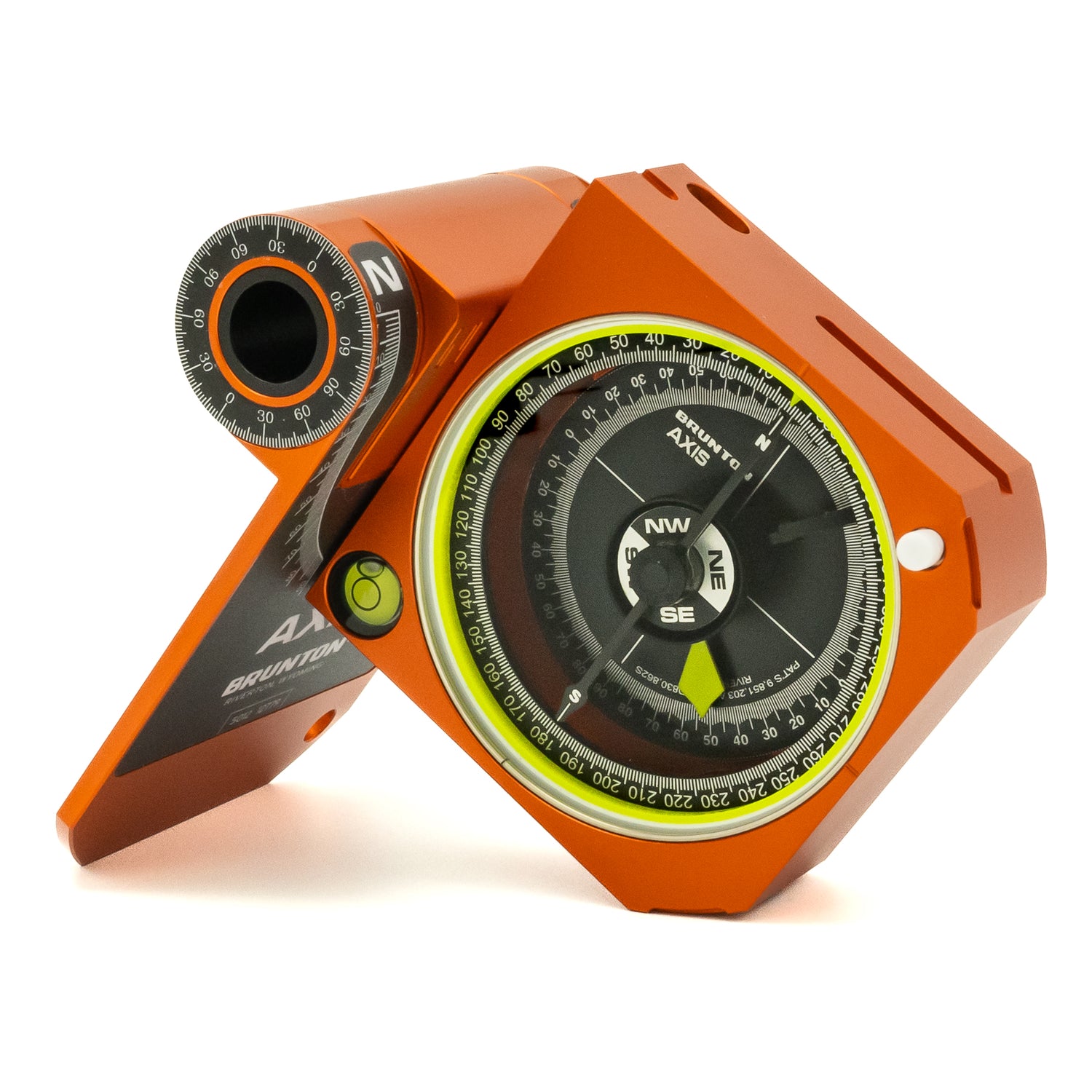What's the best handheld compass to keep in your pack, you might ask? We've got you covered.
It’s always a good idea to keep a compass in your pack, even when you’re confident that you’ll be hiking and camping in cellphone range, with a group, or in a familiar area. One, it can be a lot of fun to test your wilderness chops. Two, you never know what might happen. In an emergency, it’s always better to have a handheld compass than to have to go in circles trying to find your way back to the campsite, your car, or the trailhead.
The Tragedy of Getting Lost
To get serious for a moment, it’s very easy to become lost even near paths and roads or on major trails. Consider the tragic case of Geraldine Largay, who passed away off the Appalachian Trail in 2013 just a ten minute walk from a road that would have helped her find her way home. During the unsuccessful search and rescue operation, rangers got as close as 100 yards to Largay without managing to make contact. She had attempted to send several text messages, but they didn’t go through due to weak cell reception, even after she tried to climb to a higher elevation.
It’s impossible to say for sure what might have contributed to a different outcome, but Largay’s story demonstrates how important it is to have a backup plan in case the worst happens. A handheld compass doesn’t add much weight to your pack, but it can make a big difference in the outcome of your trip, and isn’t tricky to get the hang of even with extra features. The TruArc 5, for example, has additional map grid lines for quick orientation and a magnifier to make reading your map easier. It will also work anywhere in the world, no matter the hemisphere, so you can feel assured whether you’re hiking a few miles from home or on an epic camping trip in the land down under.
How to Get Comfortable with the Best Handheld Compass
A handheld compass lets you easily find the bearing of objects in the distance, meaning you can determine where you are in relation to magnetic north as well as major landmarks like nearby peaks. It’s important to know the declination for the region you’re in— meaning what the degree of difference is between true north and magnetic north. That’s going to vary based on what hemisphere you’re in and how far you are east or west.
A good map is a must to help you find your way. That means you need a big, fold-out map of the area and not just the hand-drawn map that roughly estimates the trail and the distance between campsites. Those are a useful guide for getting a sense of how far you have to trek before you can start making s’mores, but they often aren’t drawn to scale and don’t include topographic information.
Once you have magnetic north sussed out as well as your declination, you can start to work out where exactly you are on the map, and which way you want to go to get help or get home. The video below explains in detail how you can set your compass to help guide you to any point on your map by finding true north and the declination between you and your destination.
Many basic survival kits have simple compasses on, say, the top of your match box or included with the plastic safety whistle tied to your backpack. Those are all well and good, but lack some of the features that can make it easier to read a map and find your way out of a sticky situation. Looking for a handheld compass that also features a baseplate and can help you read your map will only make it easier to get to safety, especially if you’re inexperienced at orienteering or disoriented from fright or injury. A compass like the TruArc 5 is more than an extra piece of gear—it’s peace of mind in your pocket.


